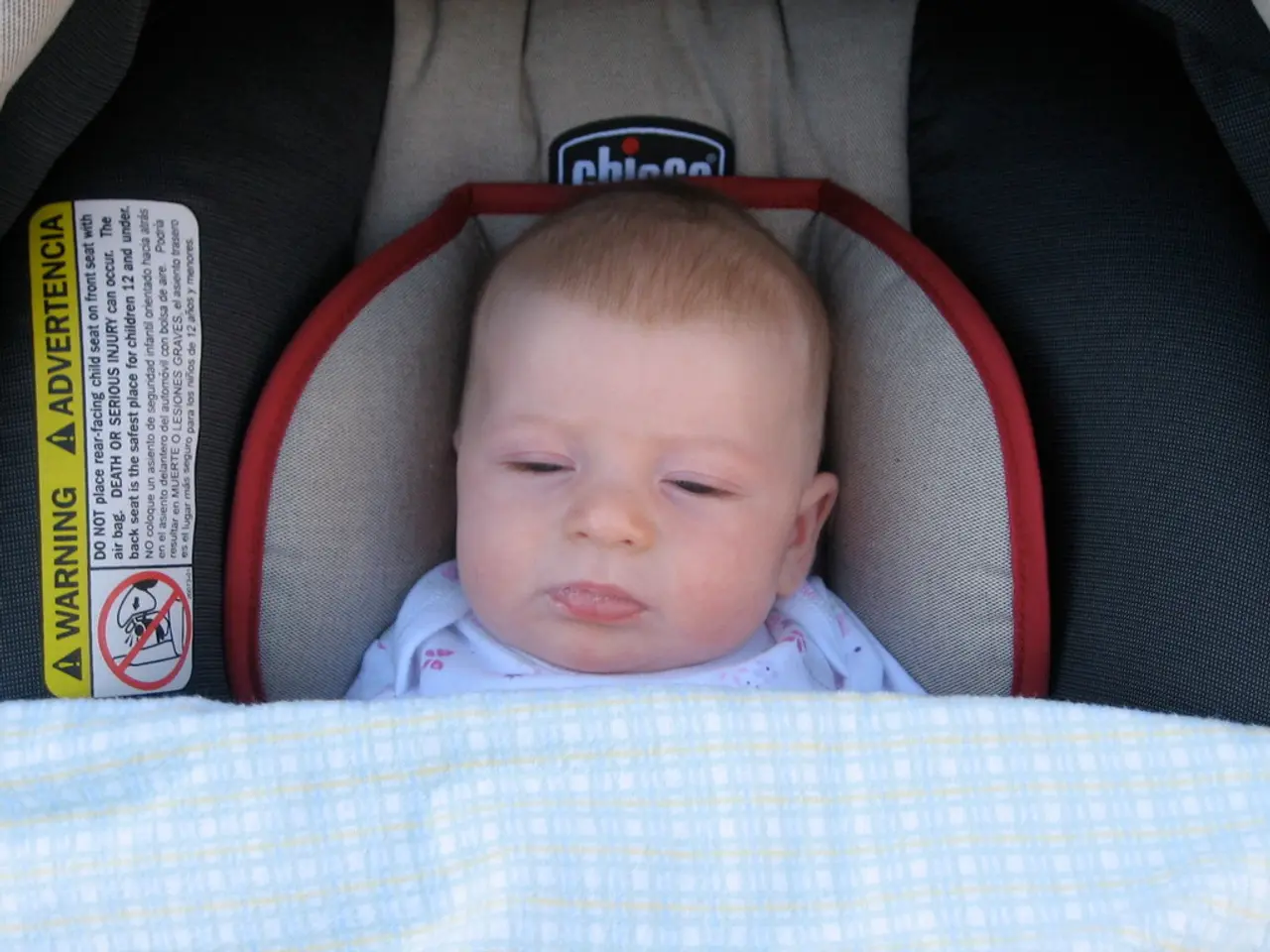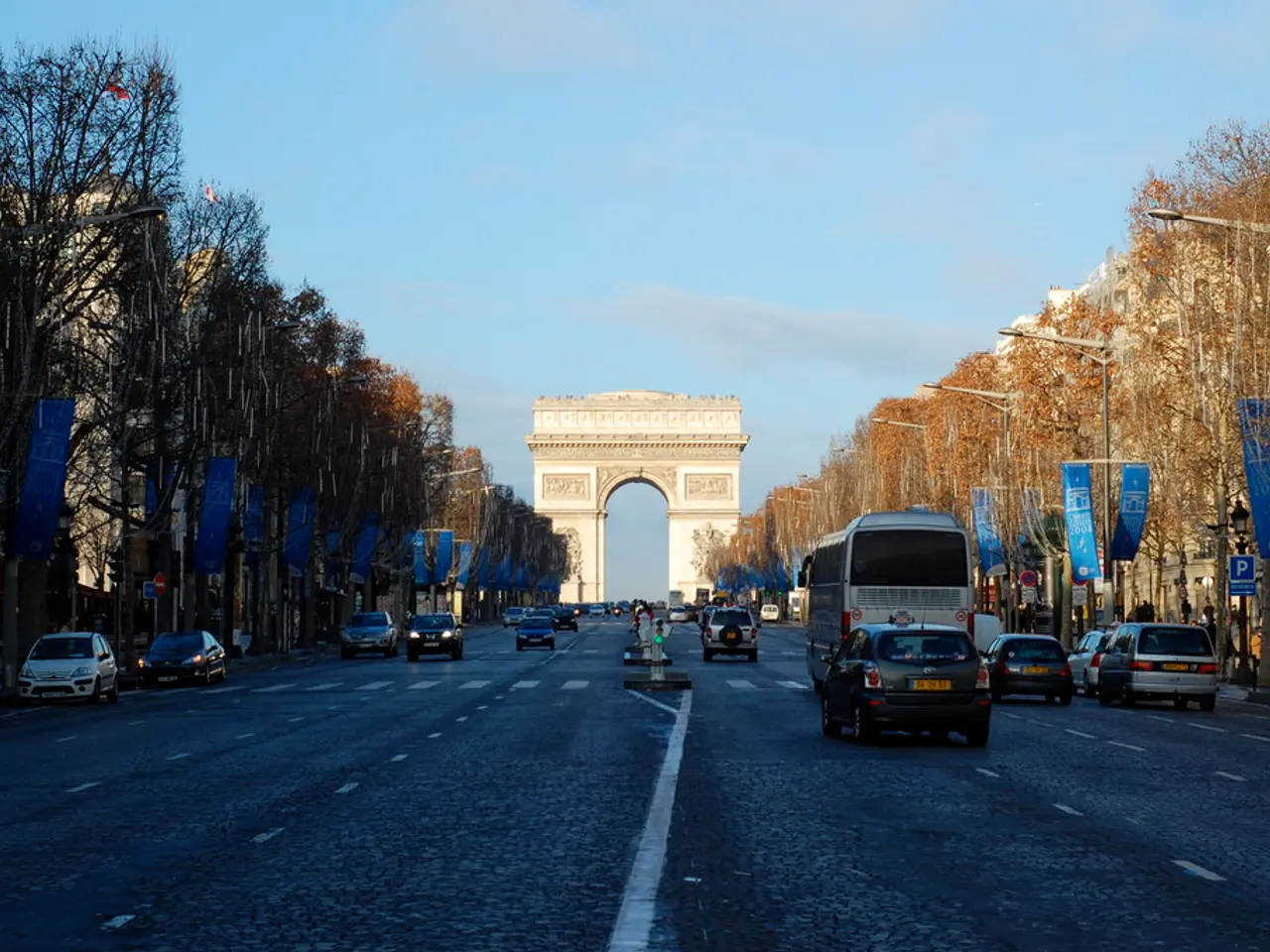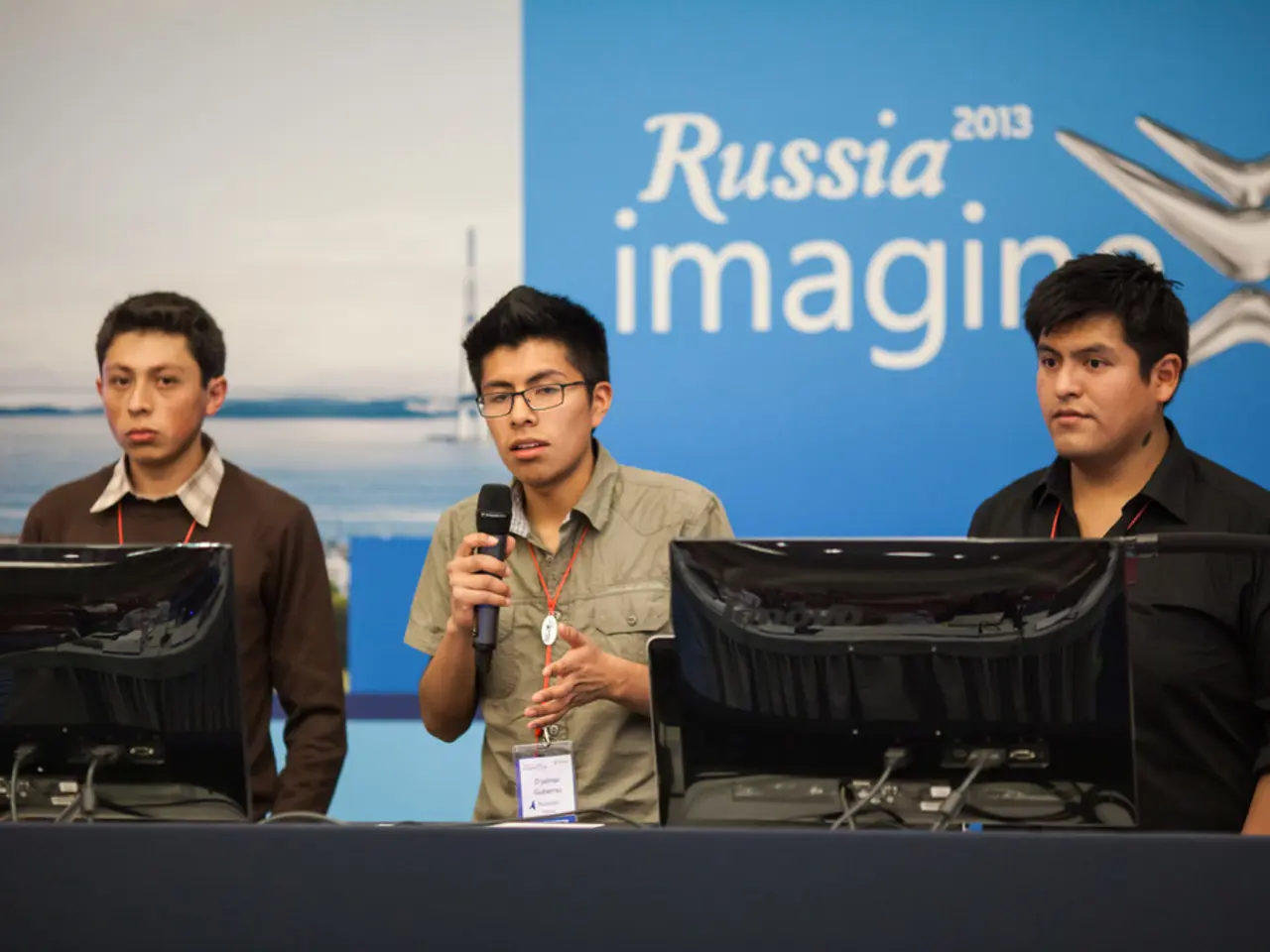Upgraded Tesla Software in 2025 Introduces a Life-saving Child Alert Feature
Tesla Introduces Child Left Alone Detection Feature
Tesla has rolled out a new safety feature designed to address the issue of child heatstroke incidents in parked vehicles. The Child Left Alone Detection feature, part of software update 2025.14.12, uses local processing to detect unattended children in the vehicle and alerts owners via the Tesla mobile app.
The feature is enabled by default in the 2025.14.12 release and is initially available in newer versions of Model Y, Model 3, and Cybertruck, with vehicles from 2022 gaining access through an over-the-air update.
The system uses Cabin Radar, a 4D imaging sensor capable of detecting subtle movements like breathing, even through car seats. If a child is detected alone inside the vehicle, the car will automatically flash its exterior lights, sound an alert tone, and send a notification to the Tesla app. The notifications will repeat at regular intervals until someone returns to the vehicle.
While the feature represents a technological effort to reduce pediatric vehicular heatstroke, there is limited publicly available data on how effective it is in actual prevention of heatstroke incidents. Current research suggests that for truly comprehensive child safety, alerting secondary contacts or emergency services would be the most effective intervention in all scenarios, rather than relying solely on alerts to the vehicle owner or audible alarms from the car alone.
It's important to note that broader expert consensus on vehicular heatstroke notes that education, caregiver vigilance, and multiple layers of preventative technology are necessary to prevent these tragic incidents effectively. Tesla's feature is a positive step technologically, but without detailed performance data or independent safety evaluations, its real-world impact on heatstroke prevention remains unquantified.
The Child Left Alone Detection feature supports other safety tools such as driver detection and auto parking brake engagement. However, it's crucial to remember that this feature should be seen as one component in a broader strategy against pediatric vehicular heatstroke rather than a standalone solution confirmed to be highly effective at this time.
The data processing for the feature is done locally and is not transmitted to Tesla, ensuring privacy for the users. The feature can be disabled by going to Controls > Safety > Child Left Alone Detection in the vehicle menu.
This new safety feature is a testament to Tesla's commitment to continuous improvement and innovation in vehicle safety. As the technology evolves, it's expected that more features will be developed and refined to help protect children and prevent these tragic incidents.
- The Child Left Alone Detection feature, a new technology implemented by Tesla, utilizes local processing and Cabin Radar, a 4D imaging sensor, to detect unattended children in the vehicle and sends alerts to the Tesla mobile app.
- As the technology evolves, it's expected that more gadgets like the Child Left Alone Detection feature will be developed and refined by Tesla to protect children and prevent pediatric vehicular heatstroke incidents.




